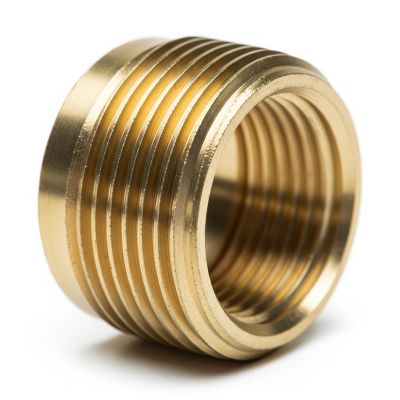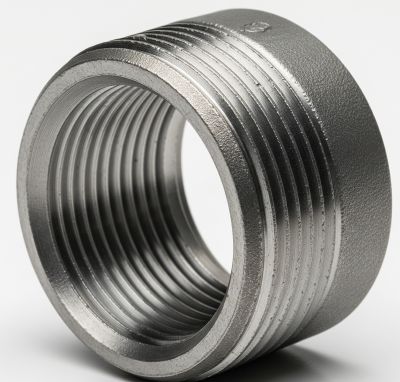In the world of manufacturing and production systems, choosing the right tooling strategy can dramatically influence efficiency, cost, and flexibility. Two common approaches, MPT (Multi-Point Tooling) and FPT (Fixed Point Tooling), often play crucial roles in shaping how operations are executed.
Understanding the distinction between MPT and FPT is crucial for engineers, production managers, and decision-makers seeking to optimize workflow, minimize downtime, and improve product quality.
This blog post will explore what MPT and FPT are, their unique features, use cases, and how to determine which approach is best for your specific production needs.
What is MPT?
MPT stands for Multi-Point Tooling. It refers to tooling systems designed to handle multiple tasks or points of engagement in a single setup. MPT systems are known for their flexibility, adaptability, and ability to accommodate variations in design or product types.
Key Features and Characteristics
1. Modular and reconfigurable design
2. Capable of working on multiple areas simultaneously
3. Designed for fast changeovers and reduced setup times
4. Supports complex assemblies or variable product lines
Common Use Cases
1. Assembly lines with frequent design updates
2. Low- to mid-volume manufacturing with diverse product types
3. Industries prioritizing rapid prototyping and flexible production
Industries Where MPT Is Commonly Used
1. Aerospace
2. Automotive R&D
3. Consumer electronics
4. Medical devices manufacturing
What is FPT?
FPT stands for Fixed Point Tooling. Unlike MPT, FPT systems are engineered for a single, specific task or product. These tools are typically designed with high precision and are best suited for repetitive, high-volume production where consistency and speed are critical.
Key Features and Characteristics
1. Dedicated, purpose-built tooling
2. Optimized for speed and consistency
3. Minimal adjustments required once installed
4. Lower long-term maintenance in stable production environments
Typical Use Cases
1. Mass production with minimal variation
2. Environments where efficiency and repeatability are paramount
3. Long-term production contracts or standardized product lines
Industries Where FPT Is Commonly Adopted
1. Automotive manufacturing
2. Appliance production
3. Heavy machinery
4. Electronics assembly (e.g., PCB soldering stations)
Key Differences Between MPT and FPT
Design & Flexibility:
MPT: Modular and adjustable; allows for multiple configurations and quick changes.
FPT: Fixed setup tailored for a specific application; changes require redesign or new tooling.
Application Scope:
MPT: Ideal for diverse and evolving product lines.
FPT: Suited for dedicated, stable production processes.
Efficiency & Speed:
MPT: Slightly slower per unit but faster setup for varied tasks.
FPT: Highly efficient for single-task, repetitive jobs.
Cost Implications:
MPT: Higher upfront cost but more economical for variable production.
FPT: Lower initial investment for single-purpose tooling, but can be costly if frequent retooling is needed.
Maintenance and Upkeep:
MPT: May require more frequent adjustments or reconfiguration.
FPT: Typically more durable in static use but less adaptable to change.
Comparative Table: MPT vs FPT
|
Feature |
MPT (Multi-Point Tooling) |
FPT (Fixed Point Tooling) |
|
Flexibility |
High – modular and reconfigurable |
Low – purpose-built |
|
Application Scope |
Multiple products, variable designs |
Single product, consistent design |
|
Setup Time |
Moderate to low (after initial setup) |
Very low (for the specific product) |
|
Efficiency |
Moderate – suited for variability |
High – optimized for repeatability |
|
Cost Efficiency |
Better for low-volume/mixed production |
Better for high-volume/single-product |
|
Maintenance |
Requires regular reconfigurations |
Minimal in stable environments |
|
Ideal Industries |
Aerospace, R&D, Electronics |
Automotive, Heavy Machinery, Appliances |
When to Choose MPT Over FPT (and Vice Versa)
Choose MPT if:
1. You have a limited budget and need to support multiple product variants.
2. Your production volume is low to moderate but subject to frequent changes.
3. Lead times are tight and you need quick retooling capability.
Choose FPT if:
1. You have a high production volume of a single product or standard design.
2. Your focus is on maximum throughput and repeatability.
3. You operate in an environment with stable, long-term production contracts.
Conclusion
Both MPT and FPT serve vital roles in modern manufacturing, but they cater to different production needs. MPT offers flexibility, modularity, and adaptability, making it ideal for dynamic environments. FPT, on the other hand, excels in stability, speed, and precision for standardized processes.
If your production demands frequent changes, varied product lines, or prototyping, MPT is your best bet. If you’re operating a high-volume, consistent production line, FPT will deliver optimal performance.
Post time: Jul-02-2025



